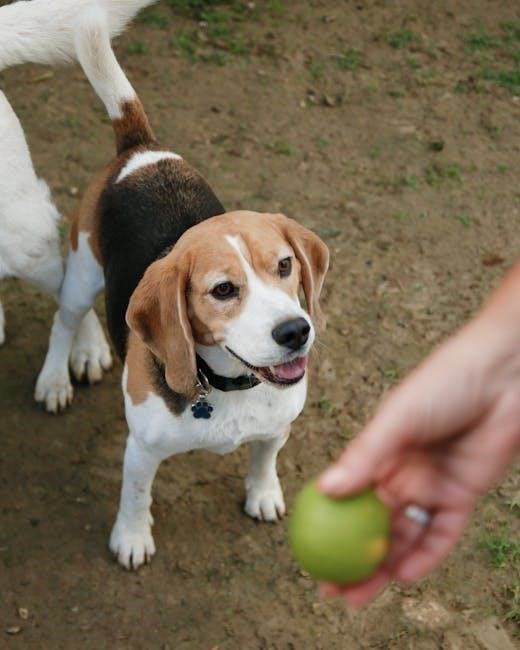Crate training is a proven method to help puppies learn bladder control, reduce separation anxiety, and prevent destructive behavior. It provides a safe, comfortable space for your puppy to relax, aiding in house training and overall development. By following a structured puppy crate training schedule, you can ensure a harmonious and stress-free experience for both you and your furry friend.
What is Crate Training?
Crate training involves using a crate to provide a safe, comfortable space for your puppy, helping with house training and reducing destructive behavior. The crate serves as a “den” where your puppy can relax, leveraging their instinct to keep their sleeping area clean. It also aids in bladder and bowel control, making potty training easier. The crate should never be used as punishment but rather as a positive tool to promote good behavior and provide a sense of security. By introducing the crate gradually, your puppy will learn to view it as a welcoming retreat.
Why Crate Training is Beneficial for Puppies
Crate training is highly beneficial for puppies as it aids in house training, reduces separation anxiety, and prevents destructive behavior. By leveraging a puppy’s instinct to keep their sleeping area clean, crates help with bladder and bowel control. They also provide a safe, secure space for puppies to relax, minimizing stress and anxiety when left alone. Additionally, crates protect your home from damage caused by chewing or digging. When used correctly, crates become a positive tool for raising a well-behaved, confident puppy, making the transition to independence smoother for both the puppy and the owner.
Benefits of Crate Training
Crate training offers numerous benefits, including simplified house training, reduced separation anxiety, and prevention of destructive behavior. It provides a safe space for puppies to relax and feel secure, fostering independence and calmness. By leveraging a puppy’s natural instinct to avoid soiling their sleeping area, crates help with bladder control and speed up the potty-training process. Additionally, crates protect your home from damage caused by chewing or digging. Overall, crate training is a positive, effective tool for raising a well-behaved, confident puppy, making the transition to independence smoother for both the puppy and the owner. It promotes discipline and safety while offering comfort and security.
House Training Made Easy
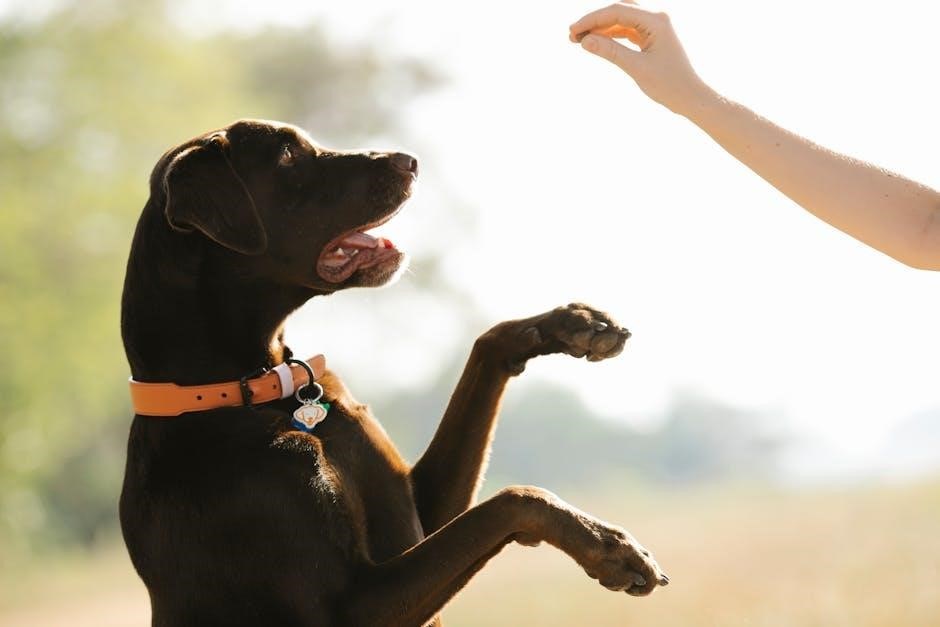
Crate training simplifies house training by leveraging a puppy’s instinct to avoid soiling their sleeping space. By confining your puppy to a crate when unsupervised, you reduce accidents and create a routine. A structured puppy crate training schedule ensures consistent potty breaks, helping your puppy learn to hold their bladder and bowels. After crate time, immediately take your puppy outside to eliminate, rewarding them with praise or treats for good behavior. Over time, your puppy will associate the crate with cleanliness and develop better bladder control, making the house-training process faster and more efficient for both you and your pet.
Reducing Separation Anxiety
Crate training can help alleviate separation anxiety in puppies by providing a secure, comforting space. When left alone, puppies often feel distressed, leading to destructive behavior or excessive barking. A crate offers a sense of safety, mimicking the den-like environments they naturally seek. By introducing the crate gradually and associating it with positive experiences, your puppy will learn to calm themselves when you’re away. A consistent puppy crate training schedule also helps your puppy adjust to your absence, reducing anxiety and stress. Over time, the crate becomes a reassuring refuge, making separation easier for both you and your puppy.
Preventing Destructive Behavior
Crate training is an effective way to prevent destructive behavior in puppies by limiting their access to household items when unsupervised. Puppies often chew or damage things due to curiosity or boredom. A crate provides a safe space where your puppy can relax without the temptation to chew furniture or electronics. By following a puppy crate training schedule, you ensure your puppy spends time in a controlled environment, reducing the risk of destructive actions. This not only protects your belongings but also helps your puppy develop good habits and boundaries, fostering a well-behaved and calm companion.
Aiding in Socialization
Crate training plays a role in aiding puppy socialization by providing a sense of security and familiarity. A crate serves as a safe space, helping puppies feel comfortable in new environments and around new people. By gradually introducing the crate in various settings, you help your puppy adapt to different stimuli without feeling overwhelmed. This structured approach allows your puppy to observe and interact with the world at their own pace, fostering confidence and calmness. A well-planned puppy crate training schedule ensures your puppy grows into a well-adjusted and socially confident companion, ready to engage with the world around them.

Preparing for Crate Training
Before starting, select the right crate size, place it in a quiet area, and introduce it gradually to help your puppy feel comfortable and secure inside.
Choosing the Right Crate Size
Choosing the right crate size is essential for effective crate training. The crate should be large enough for your puppy to stand, turn, and lie down comfortably but not so large that it loses its cozy feel. Consider your puppy’s current size and breed to estimate their adult size, as crates come in adjustable sizes with dividers. A crate that’s too big may encourage your puppy to use one corner for elimination. Measure your puppy from nose to tail and add a few inches for comfort. This ensures the crate remains a safe, welcoming space for your puppy to relax and learn.
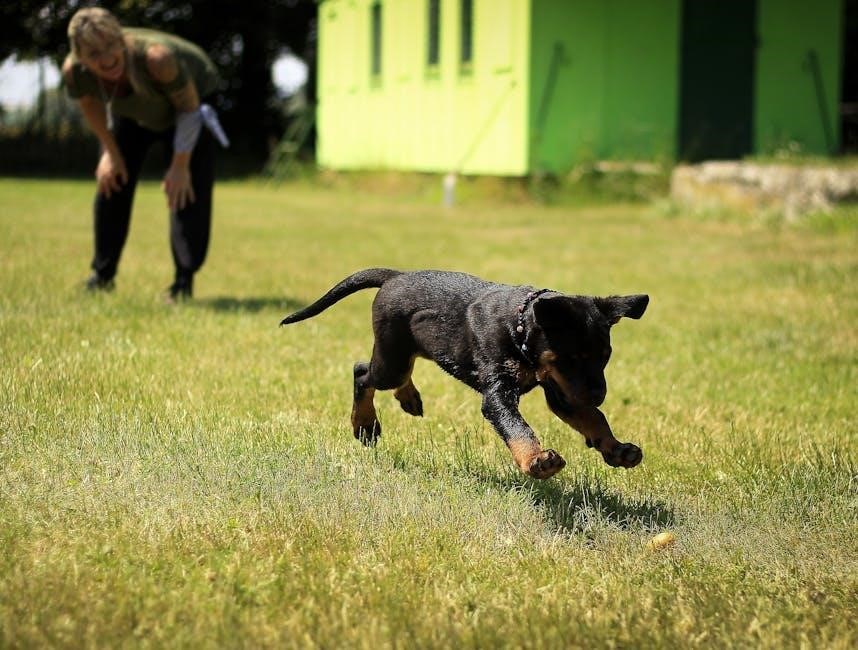
Placing the Crate in the Right Location
Positioning your puppy’s crate in the right location is crucial for successful crate training. Place it in a quiet, central area of your home where your puppy feels safe and secure, such as a living room or bedroom. Avoid high-traffic zones to minimize distractions. Ensure the crate is away from drafts and extreme temperatures. By placing the crate near family activity areas, your puppy will feel included while still having a private space. This placement helps reduce separation anxiety and makes it easier to supervise your puppy during training, fostering a sense of comfort and security for your growing companion.

Introducing the Crate Gradually
Introducing the crate gradually ensures your puppy associates it with positive experiences; Start by leaving the crate door open, allowing your puppy to explore freely. Place treats or toys inside to entice them, making the crate a welcoming space. Once comfortable, begin closing the door while you’re nearby, starting with short periods. Gradually increase the time as your puppy becomes more confident. Always supervise to prevent anxiety and ensure safety. This slow, patient approach helps your puppy view the crate as a secure retreat rather than a confinement, fostering a smooth transition to crate training.
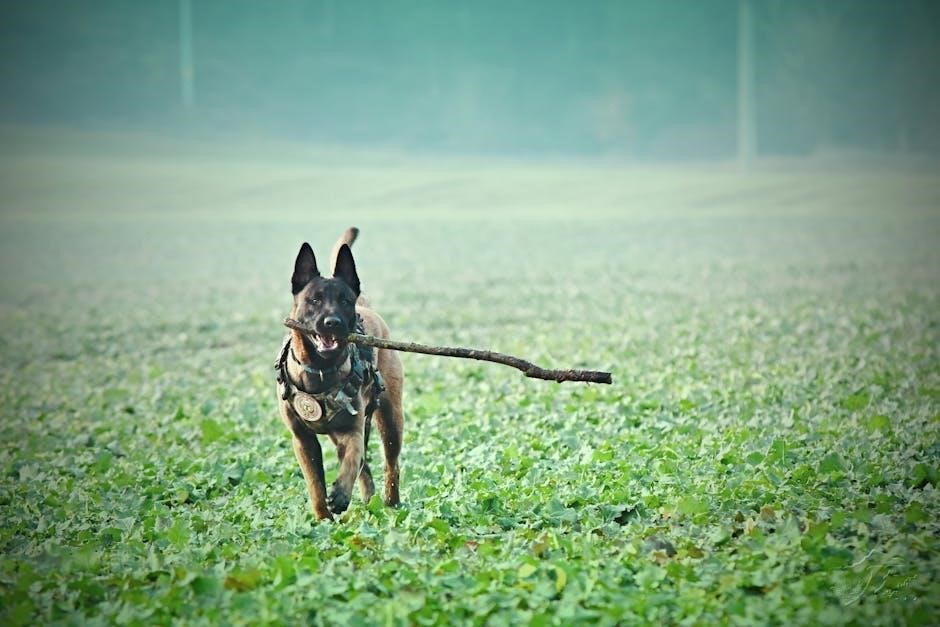
Step-by-Step Guide to Crate Training
A successful crate training process involves four key phases: introduction, establishing a routine, increasing crate time, and phasing out the crate as your puppy matures.
Start by placing the crate in a central location, like the living room, and leave the door open. Encourage your puppy to explore the crate by scattering treats or toys inside. Make it a positive experience by allowing your puppy to enter and exit freely. Avoid forcing them inside, as this could create negative associations. Gradually increase their time in the crate by closing the door while you’re nearby. Reward calm behavior with praise and treats. This phase builds trust and familiarity, ensuring your puppy views the crate as a safe space.
Phase 2: Establishing a Routine
Once your puppy is comfortable with the crate, establish a daily routine to help them adjust to crate time. Start with short periods, such as 1-2 hours, and gradually increase as they grow accustomed. Feed meals near the crate to associate it with positive experiences. After meals and playtime, guide your puppy to the crate for quiet time. Consistency is key; stick to a schedule for feeding, play, and crate sessions. Reward calm behavior with treats or praise. This routine helps your puppy learn to self-soothe and reduces anxiety when left alone, setting the foundation for successful crate training.
Phase 3: Increasing Crate Time
Once your puppy is comfortable with short crate sessions, gradually increase the duration. Start with small increments, such as 30 minutes, and observe your puppy’s behavior. If they remain calm, extend the time further. For puppies under 6 months, crate time should not exceed their age in months (e.g., a 4-month-old puppy can stay crated for up to 4 hours during the day). Always monitor for signs of distress and adjust accordingly. This phase helps your puppy learn patience and reduces separation anxiety. Positive reinforcement, like treats, can encourage calm behavior when exiting the crate.
Phase 4: Phasing Out the Crate
As your puppy matures and demonstrates consistent good behavior, it’s time to phase out the crate. Start by allowing your puppy to explore the house without confinement during supervised periods. Gradually increase their freedom, ensuring the environment is safe and free from hazards. Continue to use the crate for travel or emergencies, but avoid relying on it as a permanent solution. Monitor your puppy’s behavior closely to ensure they don’t revert to destructive habits. With patience and consistency, your puppy should be ready to thrive without the crate, marking the final step in their crate training journey.
Sample Puppy Crate Training Schedule
A well-structured schedule guides puppy crate training, ensuring consistency and progress. It outlines age-specific crate times, exercise breaks, and play periods, adapting to your puppy’s growth and needs.
Age-Specific Crate Training Schedule
An age-specific crate training schedule ensures puppies progress safely. For 2-month-olds, crate time is 2 hours max, increasing by 1 hour each month. By 6 months, they can stay crated up to 6 hours. This gradual approach aligns with their physical and mental development, preventing accidents and stress. Consistency is key, with regular breaks for exercise and play. Adjustments can be made based on individual needs, ensuring the crate remains a positive, comforting space that supports potty training and reduces separation anxiety. This structured plan helps puppies thrive and builds a strong foundation for future behavior.
Adjusting the Schedule Based on Puppy Development
As your puppy grows, their crate training schedule should adapt to their physical and emotional development. Monitor their progress, increasing crate time gradually. A 2-month-old puppy may need frequent breaks, while a 6-month-old can tolerate longer periods. Look for signs like holding their bladder longer or showing readiness for more freedom. Adjust the schedule to prevent frustration and ensure the crate remains a positive space. Supervise during free time to avoid accidents and tailor the schedule to your puppy’s unique needs, ensuring a smooth transition to independence while maintaining the benefits of crate training.

Common Mistakes to Avoid in Crate Training
Common mistakes include overusing the crate, incorrect sizing, using it as punishment, and neglecting exercise. Avoid these to keep the crate a positive space.
Overuse of the Crate
Overusing the crate can lead to frustration and resentment in puppies. Crates should not be used as a long-term solution or a replacement for exercise and play. Puppies need mental and physical stimulation to grow healthy and well-adjusted. Excessive crate time can hinder socialization and cause anxiety. It’s essential to balance crate training with regular breaks, walks, and interactive play to ensure your puppy’s overall development. Always follow a structured schedule and avoid leaving your puppy in the crate for extended periods, especially during critical growth stages.
Improper Crate Sizing
Improper crate sizing is a common mistake that can hinder training progress. A crate that is too small may cause discomfort, preventing your puppy from standing, turning, or lying down naturally. Conversely, a crate that is too large can undermine house training, as puppies may soil areas of the crate. Choose a crate that fits your puppy’s current size, with enough room for them to move comfortably. As your puppy grows, adjust the crate size accordingly or use dividers to limit space temporarily. Proper sizing ensures the crate remains a safe, effective tool for training and comfort.
Using the Crate as Punishment
Using the crate as punishment can create negative associations, leading to fear and resentment. Dogs may view the crate as a place of confinement rather than a safe retreat. This can hinder training progress and cause emotional distress. Instead, the crate should be a positive space for relaxation and security. Reward your puppy for calm behavior inside the crate to reinforce its purpose as a comforting environment. Avoid sending your puppy to the crate as a form of discipline, ensuring it remains a helpful tool for training and your puppy’s well-being.
Neglecting Exercise and Playtime
Neglecting exercise and playtime is a common mistake that can undermine crate training success. Puppies need physical and mental stimulation to stay healthy and happy. Without adequate activity, they may become restless, anxious, or destructive, even in the crate. Regular exercise helps burn energy, making crate time more effective. A tired puppy is calmer and less likely to resist the crate. Ensure your puppy gets plenty of playtime and outdoor activities before crating. A balanced routine of exercise, play, and crate rest is essential for successful training and your puppy’s overall well-being.
Crate training, when done consistently and with patience, helps puppies thrive. It ensures a safe, structured environment, promoting good behavior and a strong bond with your furry friend.
Final Tips for Successful Crate Training
Consistency is key to successful crate training. Ensure the crate is the right size for your puppy to stand, turn, and lie down comfortably. Never use the crate as punishment, as this can create negative associations. Always provide adequate exercise and playtime before crating to prevent restlessness. Introduce the crate gradually, starting with short periods and increasing time as your puppy adjusts. Offer treats or toys inside the crate to make it a welcoming space. For a structured plan, download a puppy crate training schedule PDF to guide you through each phase of the process.
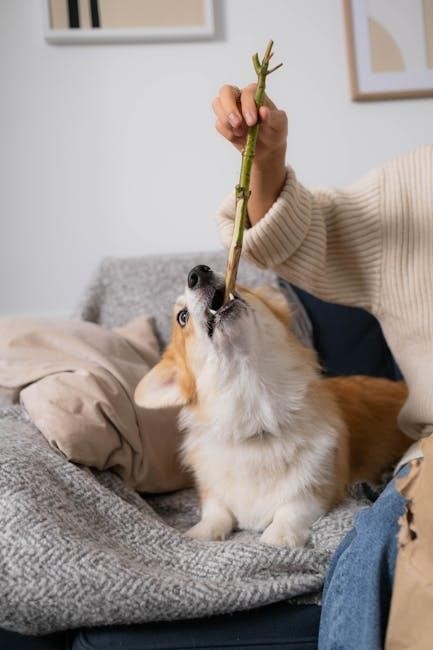
Downloading a Puppy Crate Training Schedule PDF
Downloading a puppy crate training schedule PDF provides a structured guide to help you navigate the training process seamlessly. These schedules are tailored to your puppy’s age and development, offering clear timelines for crate introduction, feeding, playtime, and potty breaks. A PDF schedule ensures you stay organized and consistent, which is crucial for successful crate training. Many expert-backed PDF guides include customizable templates, allowing you to adjust the plan according to your puppy’s progress. By following a reliable crate training PDF, you can create a stress-free environment for your puppy to thrive. It’s a practical tool to ensure long-term success.
